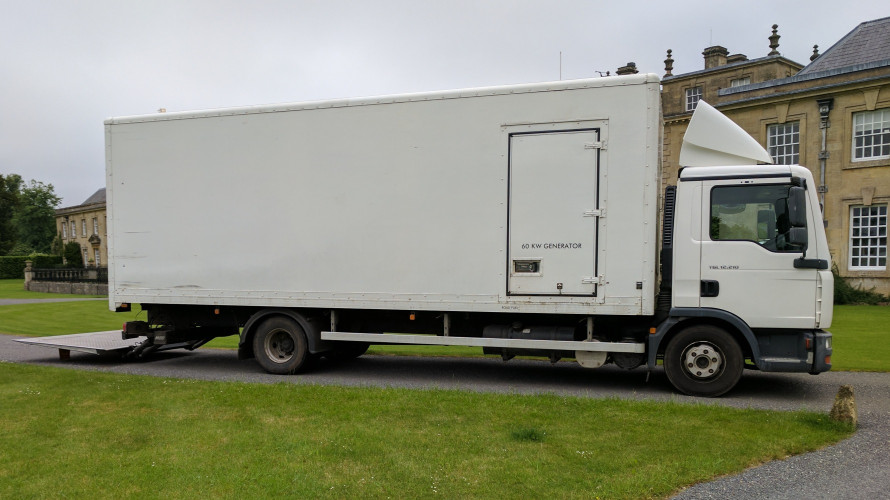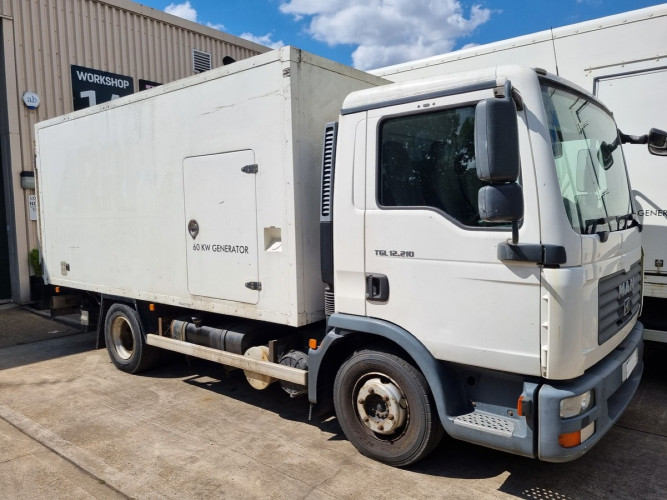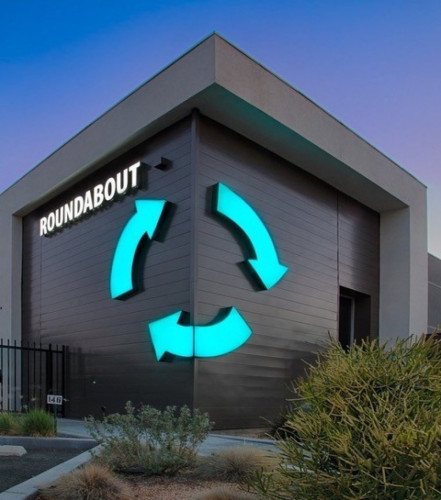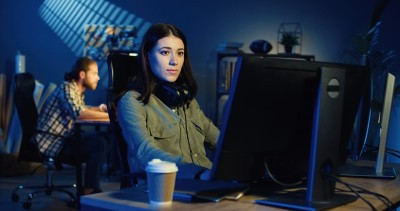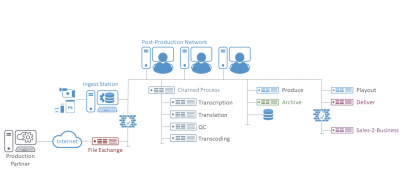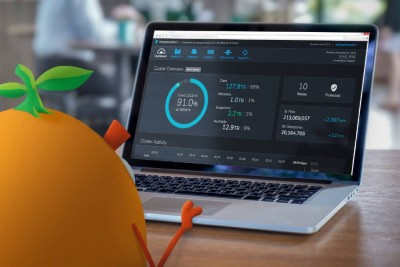Managing Media

Author: Bob Pank#
Published 1st February 2012
Looking after the media for a television production used to be a relatively simple task. The footage would be shot and captured on tape. The tapes would be delivered to the post-production facility for editing. They would be ingested into the edit system, the editor would construct the final program and it would be recorded back to tape. All the tapes would then go back to the production company and the job was finished. I know this is a gross simplification, but the point was that the media started on and ended up on physical tapes; you knew how many there were and where they were because they were sitting on the shelf. You could log them, bar code them, dupe them, put them in a safe, leave them in a taxi, but there was no doubt about it; that was where the programme and all its footage was; on the tapes.
There are many reasons why we have increasingly switched to a file based workflow. Sadly, one was the Japanese Tsunami that affected the production of HDCAM tapes. After decades of forecasting the move from tape to files and foretelling its benefits, it is odd to think that we were pushed over the edge by a natural disaster. The CTO of a post house in New York told me the other day that the price of an HDCAM tape hit a peak of $900, each.
There are other, more positive reasons for the transition. New cameras arrive on the market with new features which can be best used if the footage is captured to a file. Whether it is a GoPro that can record exciting footage taped to the front of a surfboard, or a RED Epic for a high-end drama, they capture digitally and usually in their own specialist raw format. Some can also capture audio and related metadata which can be invaluable later in production.
I talked to Ken Burnett, chief engineer, of post house: Gorilla Group, in Cardiff. “One of the promised benefits of file based workflows was that there would be less footage. Digital cameras could be turned on and off more quickly, some could even record constantly to a loop before you hit record, so there would be no need to “leave the tape running”. In fact, that has not turned out to be the case. It is not uncommon for crews to come back with 500GB of media after less than a week of shooting. You can carry 10 hours of media in your back pocket these days. In this way, the challenges are even greater,” he said.
For the post house, this raises all sorts of practical problems.
A post house must be able to read every type of physical media, it must have enough camera memory card readers for every format, it must be able to review media from every camera format and be able to translate it into a format that the rest of their equipment can handle.
Now, in this file based world, rules procedures, spreadsheets, databases and folder structures are needed in order to keep track of the media. Each time the media is transformed in some way, another copy is created. It may go from ‘raw’ to ‘ingested’ to ‘consolidated’ to ‘colour corrected’, to ‘rushes’, etc, compounding the difficult task of keeping track of it all.
Many directors and executives are now aware that media can be delivered electronically and are keen to see early edits, or even rushes, delivered electronically, increasing further the number of versions of the media.
With careful tracking adherence to a policy of what media goes where on the storage, it is entirely possible to keep track of it all and to know where all the media for a particular programme is. Unfortunately that is not always how it happens in the real world.
Editors may bring in their own media for example music or sound effects. The ease of transferring data electronically means it is impossible to stop this happening. The production company might even email additional media to the editor to download it with his phone. Multiple editors may work on the same project in different suites. All of this means that it becomes increasingly hard to be sure where all the media for a project is.
There are many reasons why a facility would want to gather all the media for a project together into one place. They may want to temporarily transfer it from high-value specialist edit storage to lower cost storage whilst the project is on hold for a period of time. Or, they may want to create a snapshot of the project to protect against disaster. The project may need to be physically relocated to another network. Perhaps the client would benefit from an editable copy of the project so that if they need a new edit in the future, such as an alternative language, format or age rating, they can save costs by starting with the actual edit project and original media.
All of these would be really useful, but are currently really difficult for those in large Avid based facilities to achieve. With hundreds of Terabytes of storage, and many concurrent projects, finding all the media for a single project is difficult. If the editor has failed to follow the procedures and left media on local drives or USB storage it might be impossible.
A new product from Marquis Broadcast aims to help with some of these issues. Project Parking takes an Avid project and collates a complete list of all the media that that project has used, whether in a timeline, or simply in a bin. It then searches all the attached workspaces for that media. At the end of this analysis Project Parking can tell you whether all the media is on line, or if not what bin it was last in. “This analysis phase is useful just on its own,” said Burnett. “It is a common problem that media is in the wrong place, perhaps on a local drive or USB drive, the analysis quickly identifies this, avoiding what could have been a long search for the media across many workstations.” Project Parking then goes on to copy all the project files and all the media that it references to a new location. It then checks all the files (with MD5 checksums) to ensure they are faithful copies.
“As we adopt file based workflows, we can look forward to many benefits,” continues Burnett. “However, if we are going to avoid some of the pitfalls, we are going to have to learn to do things a little differently and adopt new tools and techniques. Keeping track of all of our media for a project is just one of those challenges and I believe, Project Parking from Marquis is already making a significant contribution to helping us achieve this.”
About Marquis Broadcast: Founded in 1998, Marquis Broadcast provides a range of media integration products designed for the data-intensive and challenging requirements of today's fast-paced broadcasting environments, enabling broadcasters and other users of digital media to achieve maximum efficiencies from their workflow processes. The company has considerable experience in integrating an extensive range of broadcast systems and devices, providing easy to use workflows via Medway, Marquis’ widely installed interoperability engine.



